Shaded garden areas often pose a challenge for gardeners, as many flowers require sunlight to thrive. However, with the right plant selections and design strategies, shaded spaces can be transformed into lush, vibrant retreats. Shaded flower beds not only bring color and life to dim corners but also add texture, depth, and tranquility to your garden. Here are five gorgeous shaded flower bed ideas to brighten even the gloomiest spots.
1. Fern and Hosta Flower Bed
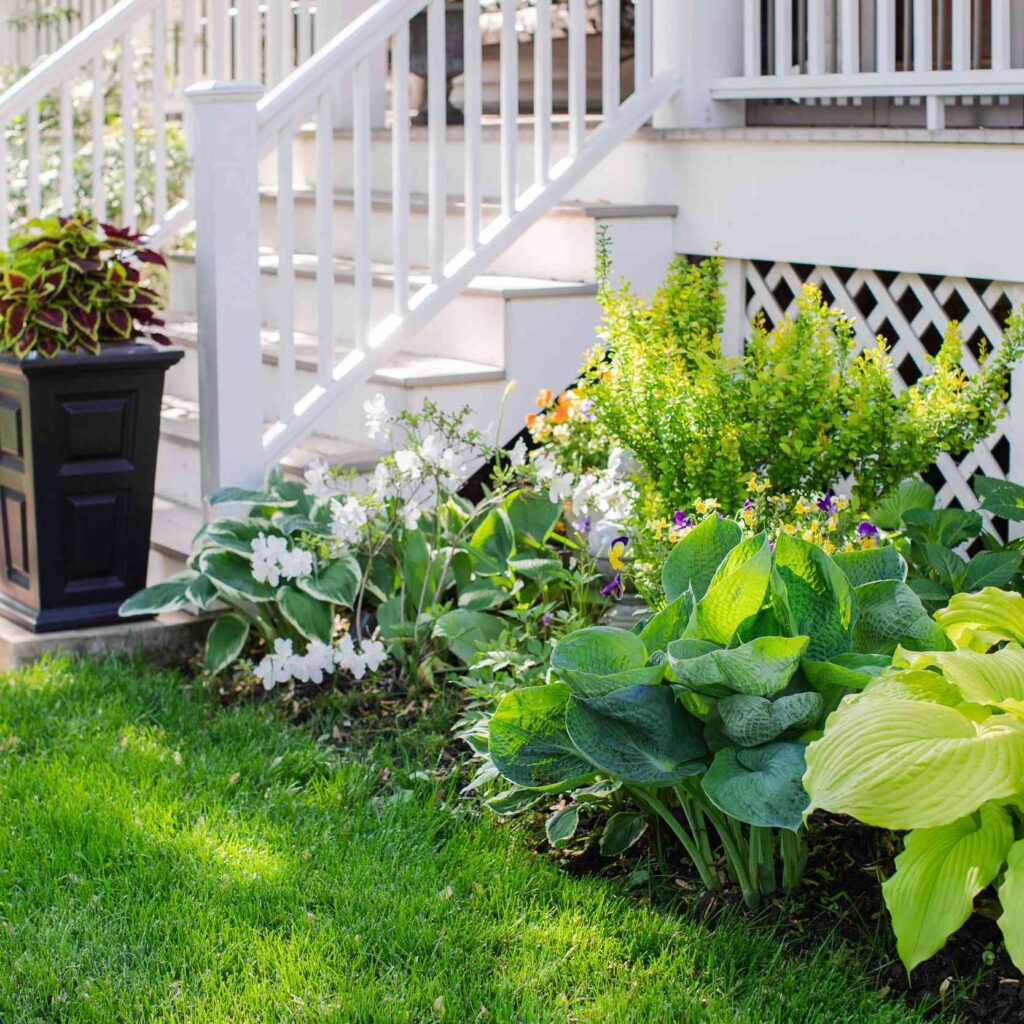
Hostas and ferns are classic shade-loving plants that bring lush greenery and texture to shaded flower beds. Hostas offer a wide range of leaf colors, shapes, and sizes, creating visual interest, while ferns add delicate, feathery foliage that softens the garden space. Interplanting shade-tolerant perennials like astilbes or bleeding hearts can provide seasonal blooms, bringing pops of color amidst the green. This combination thrives in moist, shaded areas and requires minimal maintenance, making it perfect for dim corners.
2. Woodland Wildflower Bed

Woodland-inspired flower beds replicate the natural charm of forest floors and are ideal for shaded areas. Shade-tolerant wildflowers such as trilliums, violets, and columbines can be mixed with mosses and small shrubs to create a whimsical, serene atmosphere. Layering plants of different heights adds depth, while fallen leaves or mulch help retain soil moisture and nutrients. This approach not only brightens shaded spots with subtle colors but also attracts pollinators and birds, enhancing the ecological value of your garden.
3. Tropical Shade Flower Bed
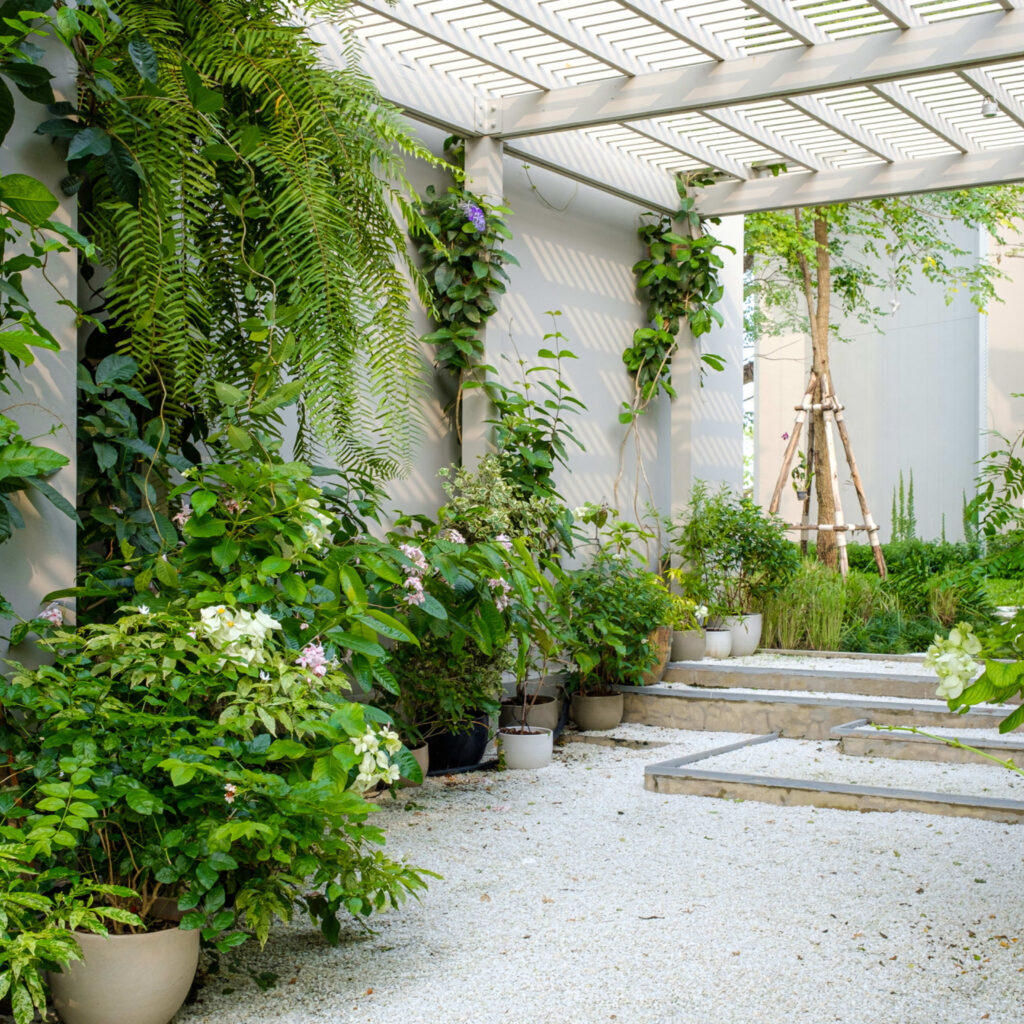
For a lush, exotic look, a tropical shade flower bed can transform dim garden corners into vibrant escapes. Plants like caladiums, begonias, and coleus provide striking foliage with bold colors and patterns that catch the eye even without direct sunlight. Combining these with shade-tolerant palms or ferns creates a layered, jungle-like effect. Adding decorative elements like stones, water features, or tropical pots enhances the theme, turning an overlooked shaded area into a focal point full of life and texture.
4. Evergreen and Shade Flower Bed
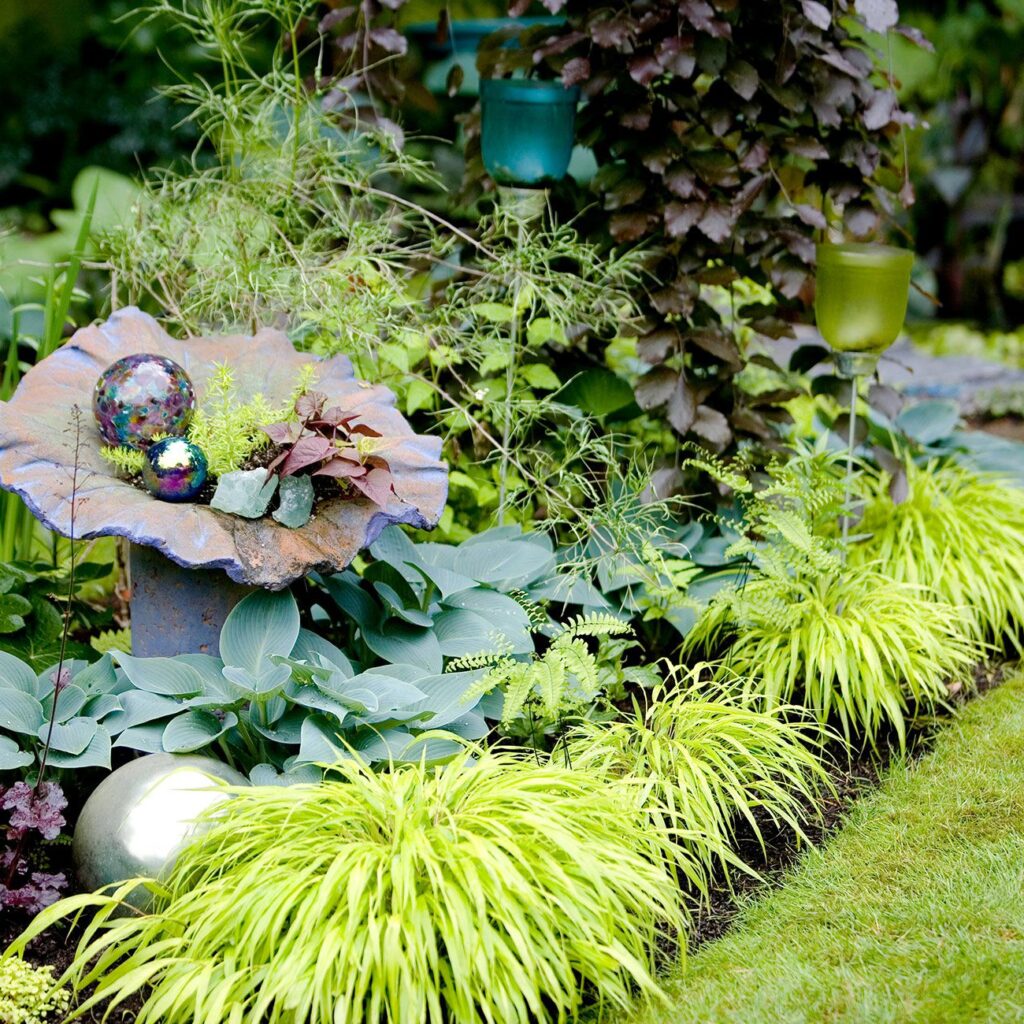
Incorporating evergreen shrubs into shaded flower beds ensures year-round structure and greenery. Plants such as boxwood, holly, or dwarf conifers can be paired with shade-tolerant perennials like hostas, hellebores, or Japanese forest grass to add color and softness. Evergreen backdrops create contrast for seasonal blooms and provide visual interest even in winter. This design approach combines elegance and functionality, maintaining brightness and form in shaded garden areas throughout the year.
5. Fern and Flower Combination Bed

Combining flowering perennials with ferns creates a beautiful balance of foliage and color in shaded areas. Shade-loving blooms like impatiens, primroses, and foxgloves provide vibrant pops of color, while ferns’ delicate fronds add texture and movement. Planting in layers, with taller ferns at the back and shorter flowers in front, ensures visibility and depth. This combination softens dark garden corners, creating an enchanting, tranquil space where texture, color, and greenery coexist in perfect harmony.
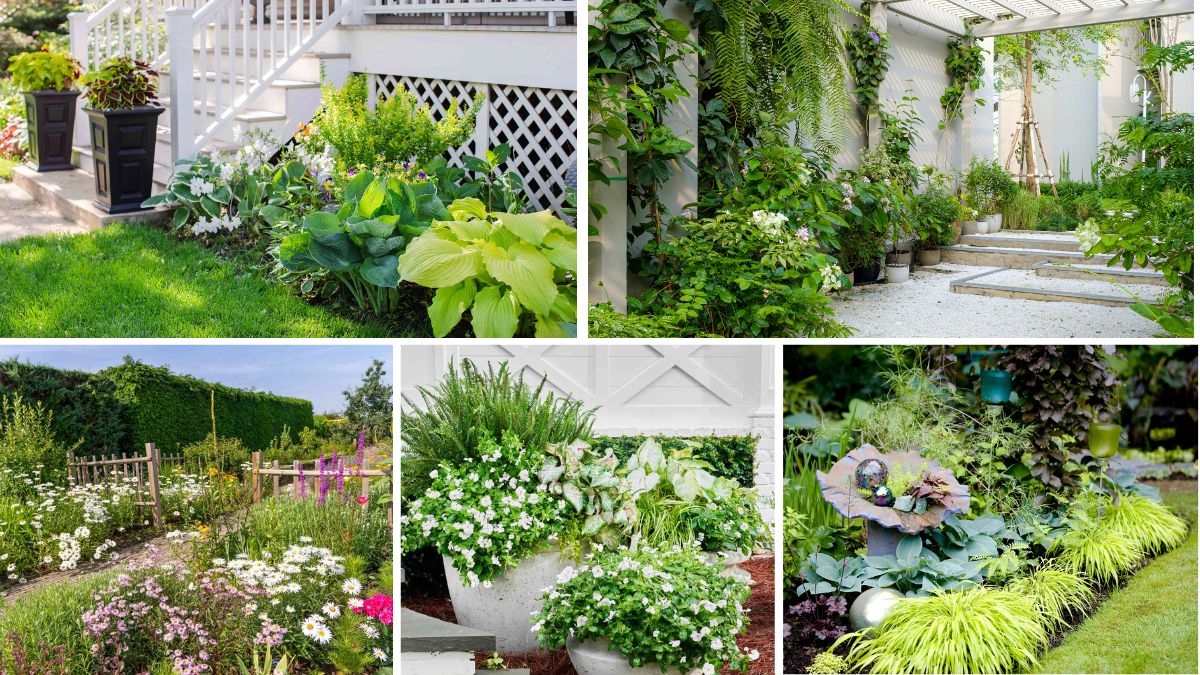
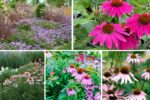
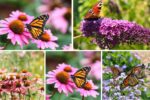
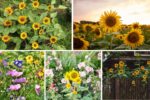
Leave A Comment